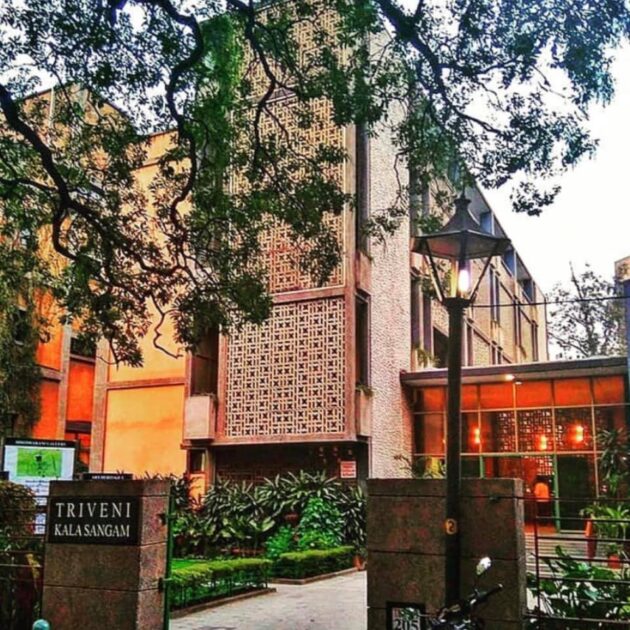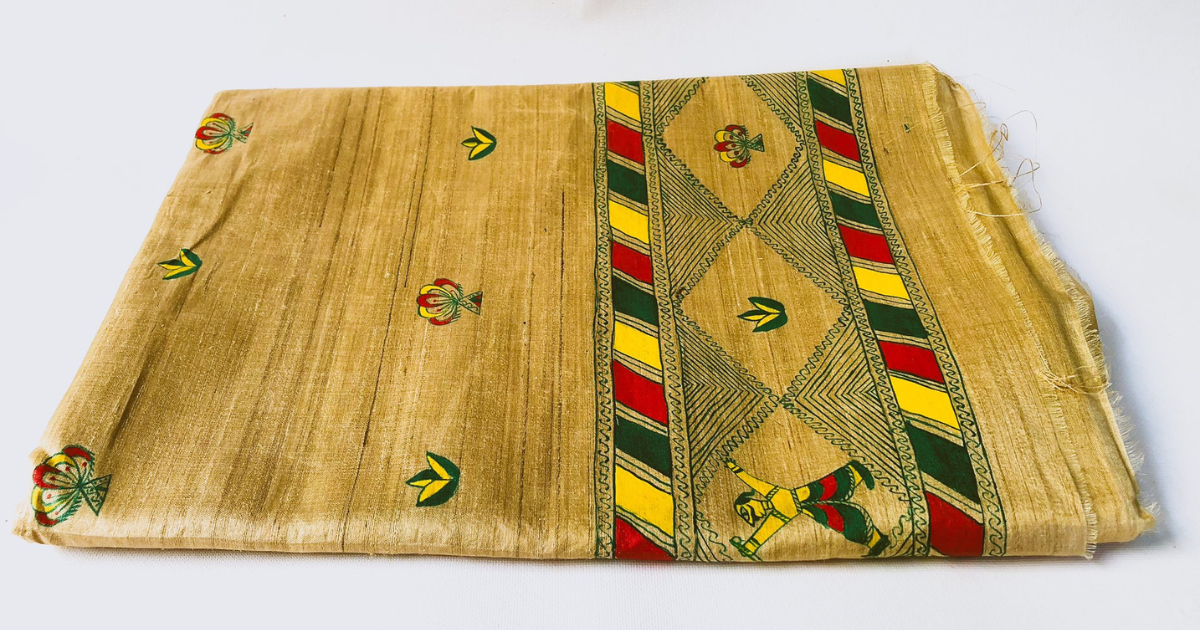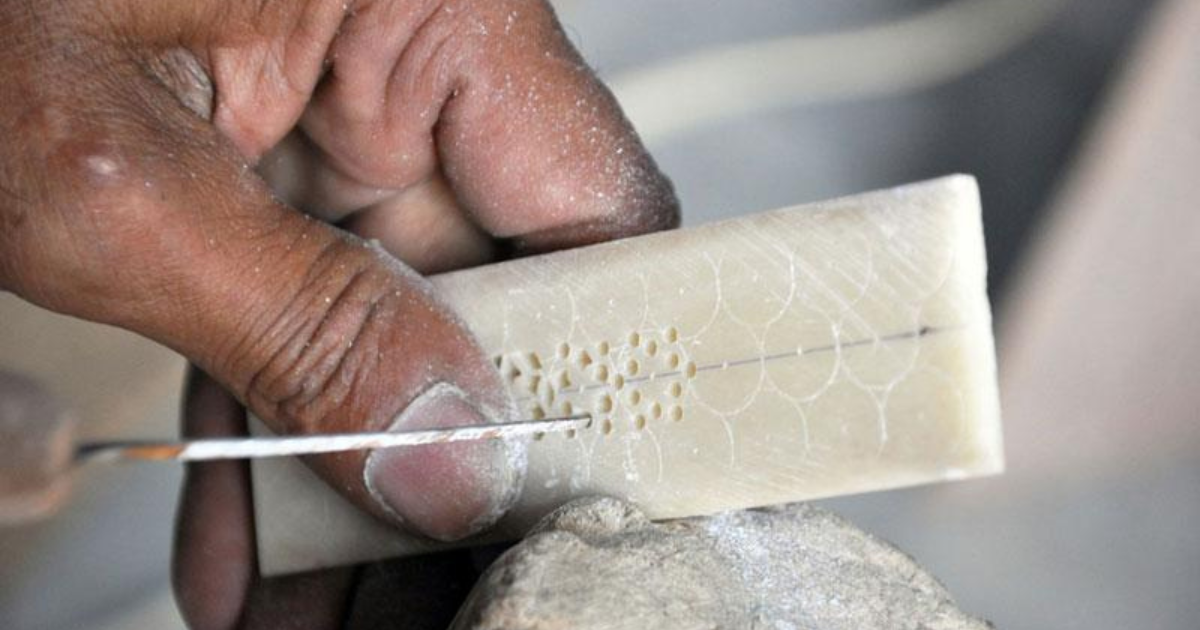Mandi House is a cultural hub in the heart of New Delhi, India. It is a place where art, music, dance, and theater converge, making it a cultural epicenter of the city. Located in the central business district of Connaught Place, Mandi House is surrounded by historical landmarks and government buildings. It has a rich history, and cultural significance, and continues to be a major attraction for tourists and locals alike.
History
Mandi House was originally called Mandi Chowk, which means market square in Hindi. During the British colonial era, the area was a bustling marketplace for grains, fruits, and vegetables. It was also a popular spot for traders who brought in goods from different parts of the country. In the early 20th century, the area underwent a transformation when the British administration decided to build an art and cultural center. The idea was to promote and encourage local art and culture, and to provide a platform for artists and performers.

The project was spearheaded by Edwin Lutyens, the renowned British architect who designed New Delhi. Lutyens designed a series of buildings, including the National School of Drama, the Triveni Kala Sangam, and the Shri Ram Centre for Performing Arts. These buildings were constructed in a blend of British and Indian architectural styles and still stand today, serving as a testament to Mandi House’s cultural heritage.
Culture
Mandi House is home to some of India’s most prestigious cultural institutions. The National School of Drama, founded in 1959, is one of the most important drama schools in the country. It has produced some of India’s most famous actors, directors, and playwrights. The school also hosts an annual theater festival, which attracts performers and audiences from all over the country.
The Triveni Kala Sangam, founded in 1950, is a cultural center that provides a platform for artists and performers in the fields of music, dance, and visual arts. It houses art galleries, exhibition spaces, and performance venues. The Sangam hosts workshops, seminars, and cultural events throughout the year, making it a vibrant cultural hub.

The Shri Ram Centre for Performing Arts, founded in 1967, is a theater complex that includes a 600-seat auditorium, a smaller studio theater, and rehearsal spaces. The center hosts performances by local and international theater companies, as well as music and dance recitals.
Significance
Mandi House is a significant landmark in Delhi’s cultural history. It is a place where artists and performers can showcase their talents and where audiences can experience the best of Indian art and culture. It is also a place where different cultural traditions converge, making it a symbol of India’s diverse cultural heritage.
Mandi House has played a crucial role in the development of Indian theater, music, and dance. It has nurtured talent and provided a platform for emerging artists to showcase their work. It has also been instrumental in preserving traditional art forms, such as classical music and dance.
Mandi House is not just a cultural hub, but also an important tourist attraction. Visitors can explore the area and discover its many cultural offerings, including exhibitions, performances, and workshops. It is also a popular destination for shopping, with many handicraft and souvenir shops located in the area.
In conclusion, Mandi House is a cultural epicenter that has played a vital role in the development and promotion of Indian art and culture. Its rich history, diverse cultural offerings, and vibrant atmosphere make it a must-visit destination for anyone interested in Indian culture. Mandi House is a living example of India’s rich cultural heritage and a place where artists and audiences can come together to celebrate the best of Indian art and culture.




